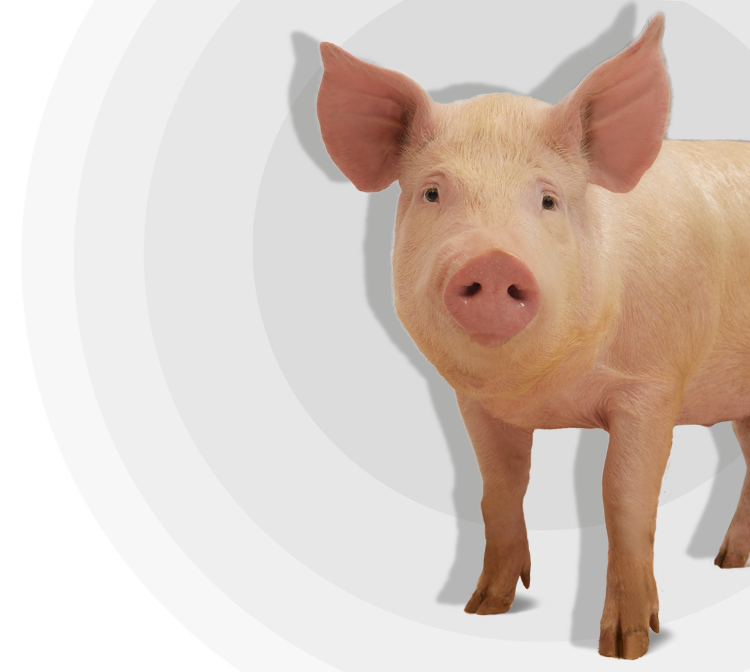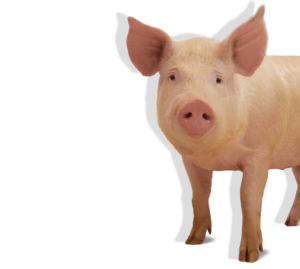Water is one of the most basic needs for pigs. However, knowledge of how much water the modern, highly productive sow really needs is limited. Sows today are more productive than ever, which also means their water requirements have increased. For example, modern sows produce an average of 15 kg of milk daily during lactation when nursing 14 piglets (and some herds are already experimenting with sows nursing 18 piglets).
As the sows’ work schedule becomes more challenging, they also need more water in order to keep up. So, ensuring sufficient, good quality water also contributes to happy, healthy sows in your herd – and better animal welfare.

Below, you can find the newest recommendations from SEGES Innovation on how you can better manage drinking water in your pig production.
Clean
Drinking water for pigs must be physically, chemically, and microbiologically correct. Water testing frequency depends on water sources. If the water is derived from well water, surface water, or pipeline water, it is recommended to test the water source four times per year. A study showed that herds with a lot of diarrhea had a lower water quality [6].
Cool
The Danish recommendation is 12 ̊C from the faucet/valve. It might not be possible to keep the water as cool as the recommendations (especially in warmer climates), but the cooler the drinking water, the more your pigs will drink.
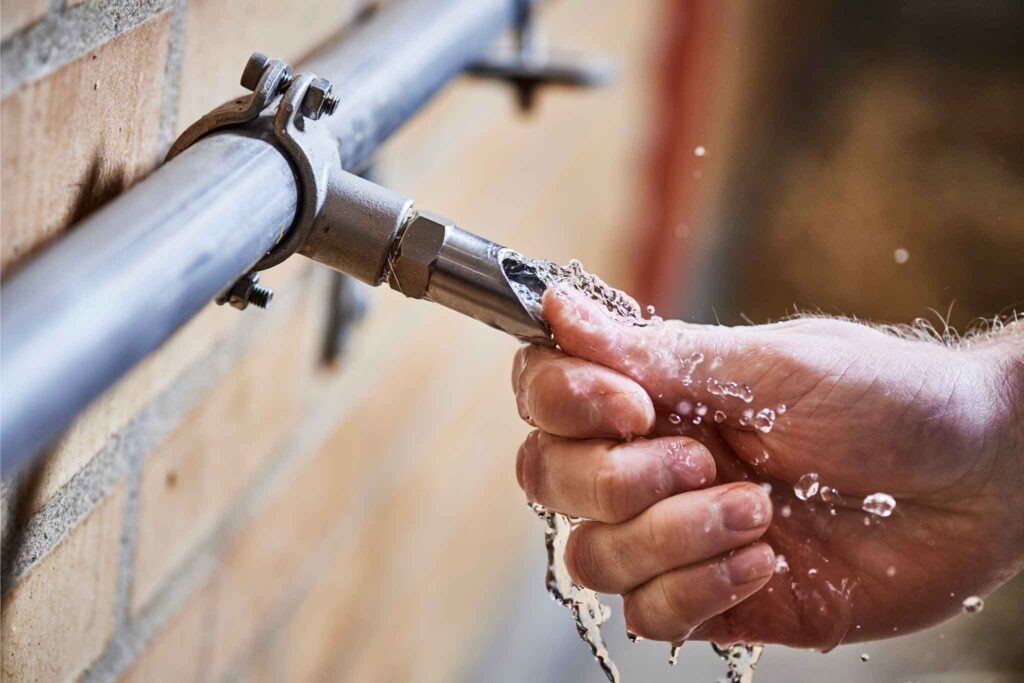
Recheck your water capacity.
Can all the pigs in your farm drink water at the same time?

And more importantly, ensure easy accessibility and correct position of the drinker.
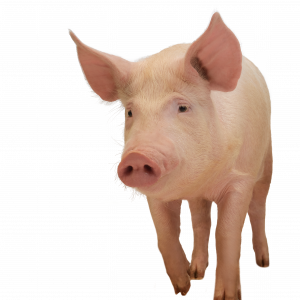
Check your water systems (both indoor and outdoor), pipes and drinkers routinely.
A leak of 1 L/min raises water consumption by the same amount as increasing your pig herd by 22.5 sows (including progeny) or 240 finisher places!
A drinker leaking at 90 drips per minute will waste around 29 L of water per day [8].
Checking the water system will ensure the system works correctly – and can save you a lot of money.

If you can identify the sow’s normal drinking pattern, then you can identify the changes.
That means, you can take action faster.
Result from a pilot study by SEGES Innovation [5] showed the following patterns:
Water is vital for pigs. Our recommendations are based on the newest recommendations from SEGES Innovation on how you can better manage drinking water in your pig production.
If you follow these recommendations, you can improve the productivity in your pig production and increase the well-being of your pigs.
You can also get more recommendations on how to manage drinking water for highly prolific sows in modern pig productions in the DanBred Manual.
[1] Eskildsen, M., Weber, A.V. (2016). Pig production, SEGES publishing, Page 249.
[2] J., Vinther. (2023). Brancheanalyse for produktivitet i 2022 i udsnit of besætninger som brugte DanBred-genetik. Brancheanalyse for produktivitet i 2023 i udsnit af besætninger som brugte DanBred-genetik – notat 2322 (landbrugsinfo.dk)
[3] J., Vinther. (2023). Landsgennemsnit for produktivitet i produktionen af grise i 2022. Notat nr. 2315.
Landsgennemsnit for produktivitet i produktionen af grise i 2022 (landbrugsinfo.dk)
[4] Moustsen, V., A., Pedersen, T., F. (2023). Review: Højproduktive søers forbrug og behov for vand. Notat Nr. 2301. SEGES Innovation.
[5] Moustsen, V., A., Grønvaldt, E., T., Pedersen, T., F. (2023). Water – an important key to succeed with pigs.
[6] Moustsen, V., A., Maribo, H. (2023). Water supply and water quality. SEGES Innovation. Pig Congress 2023. Præsentationer fra foredrag (svineproduktion.dk)
[7] Water: the forgotten nutrient for pigs. https://www.agric.wa.gov.au/water/water-forgotten-nutrient-pigs
[8] Water usage on pig farms. https://ahdb.org.uk/knowledge-library/water-usage-on-pig-farms
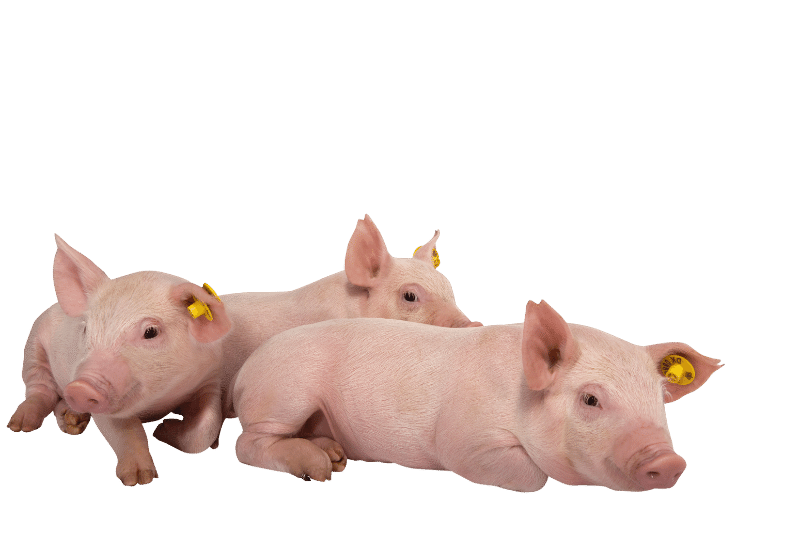
We can help you transition to DanBred genetics, technical services, transport and more. Book a time with us, and we will call you when it suits you.
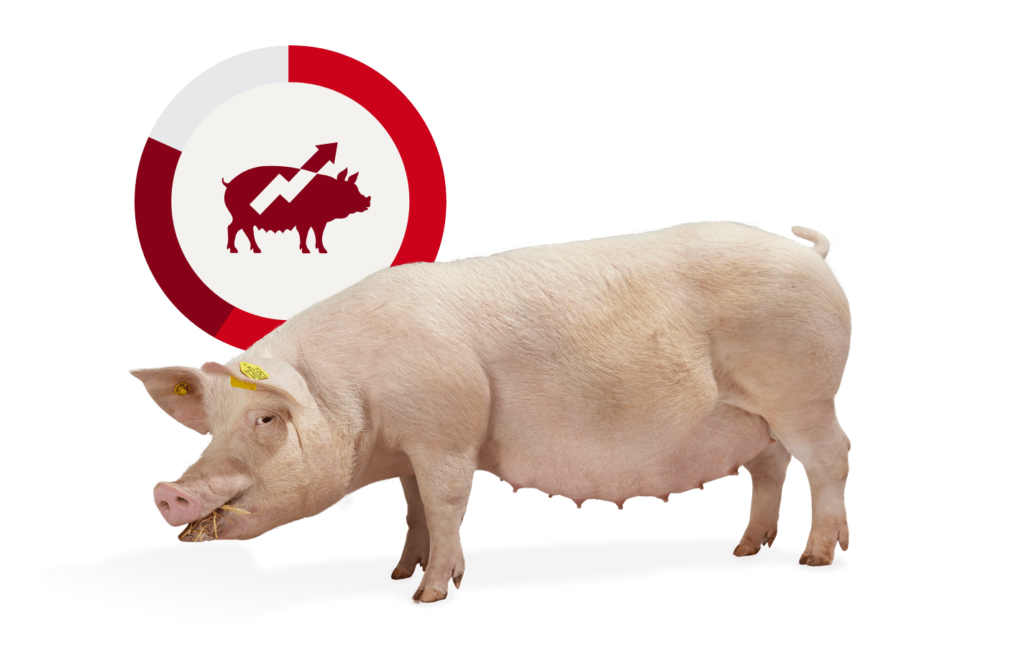
Do you think DanBred might be the right choice for you or someone you know? Click below to get in on the progress.
